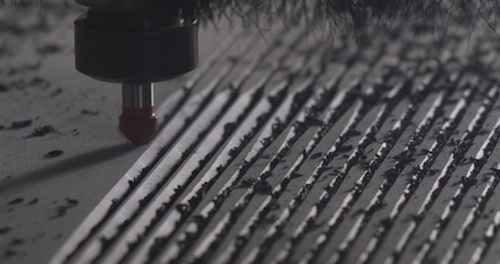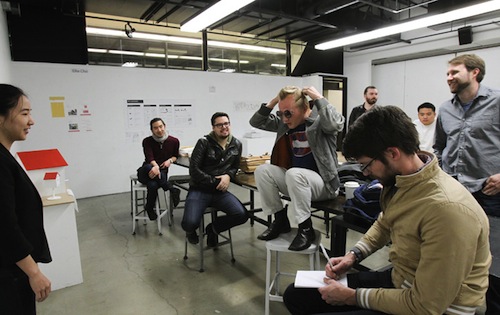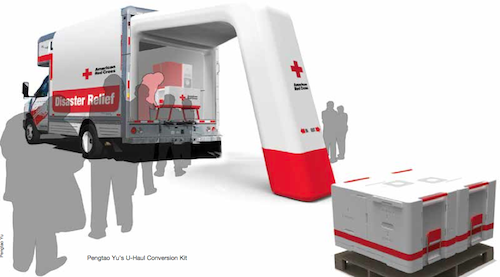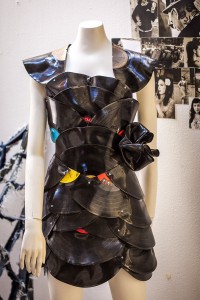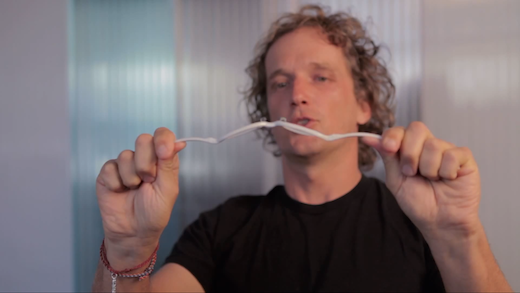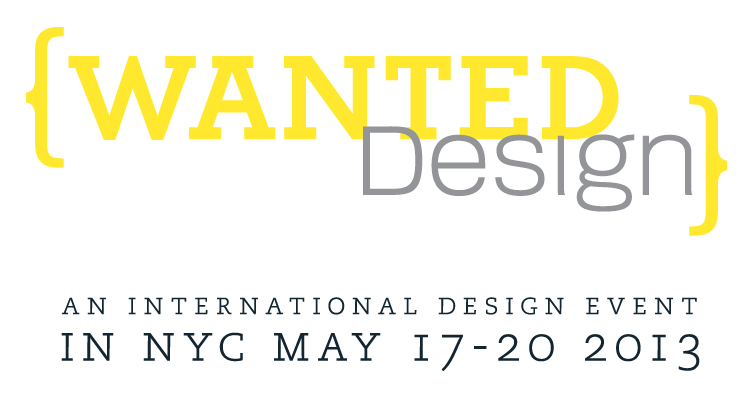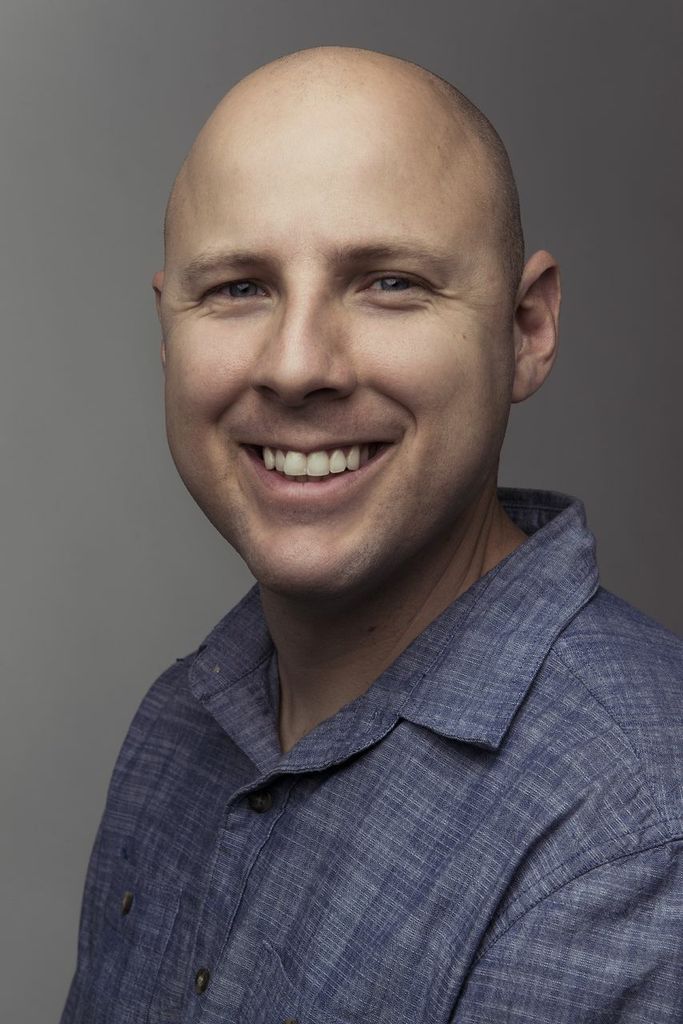In a world where personal branding has become a social and professional imperative, our surroundings and possessions have become vehicles for self-expression. And not just the kind we drive. This is particularly true of a person’s home and the things within it. But for anyone attempting to work within an Ikea budget, creating a one-of-a-kind living space has always been more challenging than, say, buying a customized ride.
But that may not be the case for long, thanks to the team of Art Center designers behind Khora Image, a soon-to-launch start-up that will use 3-D technology to blaze a trail through the unexplored frontier of customized home décor. “We’re trying to democratize a process to everybody and get it out to as many people as we can and empower them to design their own things,” says Product Design student Jacques Perrault, who teamed up with Art Center alums Jason Pilarski, Steve Joyner Jonathan Kim and Ryan Oenning to create a company that would revolutionize the home furnishing space by providing a digital platform where consumers can use templates to create personalized wall hangings.

